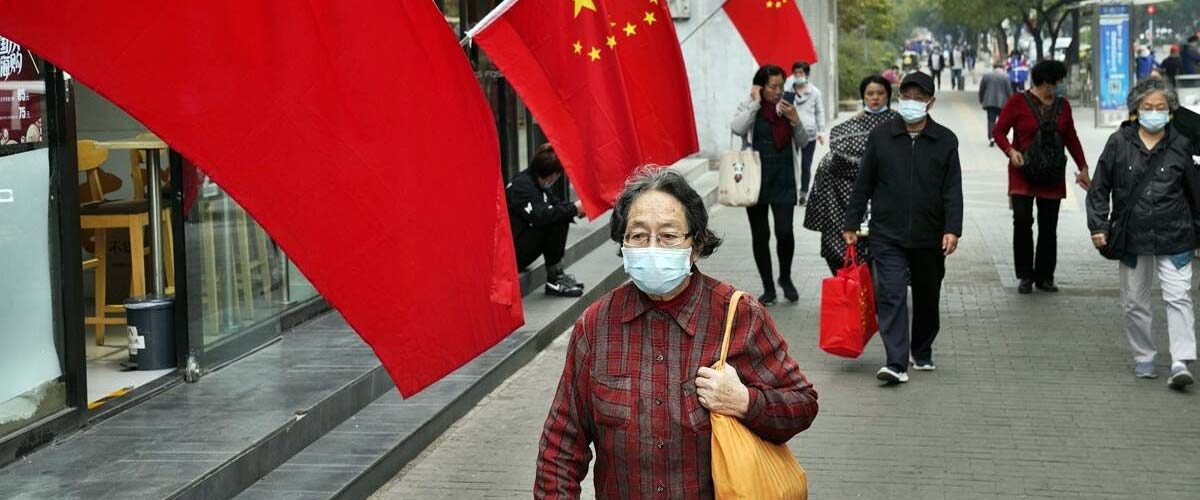COVID-19 is the most catastrophic event that is distorting health systems at different levels and eventually resulting in created unprecedented health crisis. World Health Organization (WHO), 2020 confirmed 30 million cases of coronavirus disease 2019 (COVID-19) on September, 20, 2020 that is primarily caused by severe acute respiratory syndrome coronavirus 2 (SARS-CoV-2) and reported that this virus is responsible for causing more than 900,000 deaths worldwide. China National Health Commission of the People’s Republic, 2020 concurrently reported that China had 85,291 lab-confirmed cases with 4634 deaths.
A complete understanding of this viral infectious disease epidemiological characteristic is mandatory in order to control the outbreak of COVID-19 and for public policy practices. According to Grasselli et al., 2020; Liang et al., 2020 various studies conducted in China, Italy, and the United States have reported some epidemiological characteristics of COVID-19 in the initial phase. But no research was done on the space-time characteristics in the populations of imported and local cases, which is of great significance. It is believed that imported cases are an indicator for predicting new clusters of infections and it play major role in disease spread.
According to Zhang et al., 2020 changes in susceptible populations, exposure opportunity, and disease intervention over the epidemic’s progresses and its locations, the epidemiological characteristics of disease should be evaluated spatiotemporally in order to have a better understanding about the epidemic. Desjardins et al., 2020 elaborated that the space-time characteristics of COVID-19 showed by previous studies can prioritize locations and the best time for different NPIs.
Bi et al., 2020 informed that early detection, isolation, hospitalization, and diagnosis of COVID-19 can play a significant role in reducing the risk of disease transmission while, on the other hand delay in hospitalization or isolation may eventuate in prolonged periods of infectiousness and increase the burden of infectious disease control.
Feng Zhou et al., 2020 map out a research explained the spatiotemporal distribution of COVID-19 in eighteen provinces of China and identified the difference between imported and local cases in the epidemiological characteristics.
Two models were established to estimate the factors associated with the time interval from symptom onset to hospitalization (TOH) and length of hospital stay (LOS), respectively. This research has published in International Journal of Infectious Diseases.
The results of this study expressed that measures to restrict traffic can effectively reduce imported spread. However, household transmission is still not controlled, particularly for the infection of imported cases to elderly women. This study also highlights that it is paramount to educate patients about early admission or isolation for future prevention and control.
















Add comment